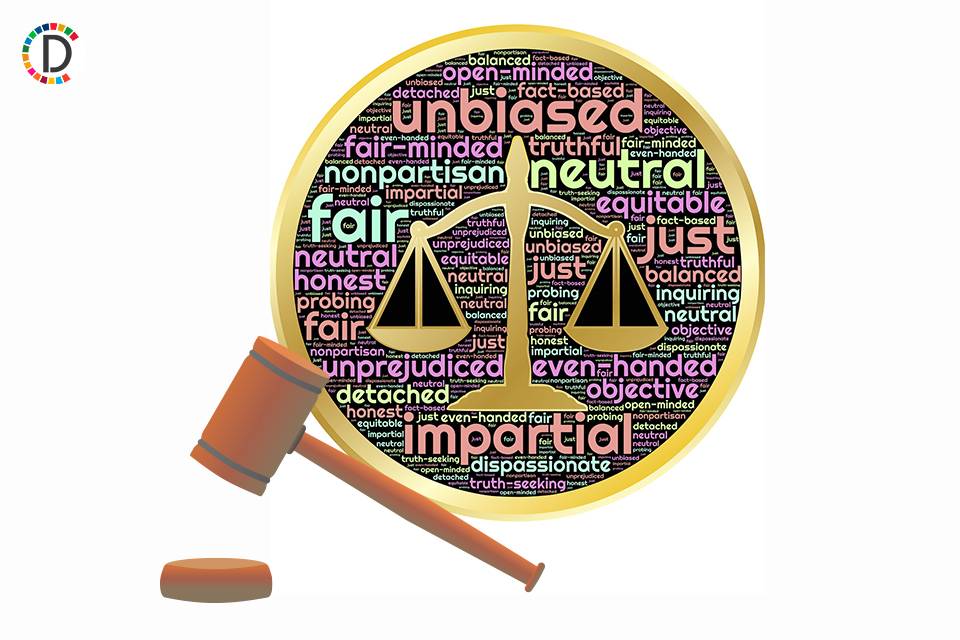
If you've ever been to an all-you-can-eat buffet, you've probably noticed that the plates are smaller than at your typical sit-down restaurant. It might seem odd because you'd think the whole idea is to eat as much as you want. But, those smaller plates aren't chosen at random.
They're actually carefully selected to . Buffets are all in on the idea that people will eat until they're satisfied, but smaller plates make it feel like you're eating more than you are. When you go up with a small plate and fill it up, it .

(The jury is out on that according to some more recent studies.) I guess buffet owners are willing to roll the dice. And, for those who are deceived because of the smaller plate size, by the time you go back for seconds or thirds, you might already feel like you've had enough, even if you haven't eaten as much as you think.
Here, we enter into Buffet Psychology 101. Smaller plates help keep food costs down by limiting how much people eat while still letting them feel like they're indulging. It's a clever strategy that works for the restaurant and often for the diner, too.
But, there's even more to it than that. We're talking about reduced food waste, better customer flow, and the illusion of a ton of food for everyone. Smaller plates and how they affect your eating habits It might seem like buffets would want you to eat as much as possible, but that's not the case.
Buffets make money by charging a flat rate and counting on the average customer to eat less than the cost of their meal. Smaller plates are a big part of this strategy. Through subtle encouragement to take smaller portions, buffets can reduce their overall food costs without making people feel like they're being restricted.
Another reason buffets want you to eat less is to improve customer flow. If plates were bigger, people would load up and spend more time at their tables eating everything on their oversized plates. Smaller plates mean more trips to the buffet line, which keeps the dining area less crowded and ensures that the food stations don't get overwhelmed.
Additionally, using small plates can help reduce food waste by encouraging smaller portions. When people serve themselves less, they're more likely to finish what's on their plate instead of throwing food away (because putting food back on the station is the epitome of ). This simple change not only prevents waste but also makes it easier to enjoy meals without overeating.
Finally, smaller plates can help improve the overall atmosphere of the buffet. When people take smaller portions, it means there's more food available for everyone, and the buffet table looks well-stocked and appetizing throughout the meal. Recommended.















